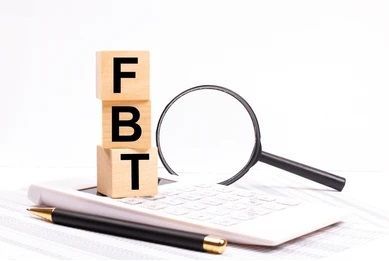Tax Returns for Minors
Just like all Australians, minors (under 18) are liable for tax on assessable income, including wages earned, distributions received from trusts, or dividends received.
In order to lodge a tax return, they first need to apply for a Tax File Number (TFN). This can be done via multiple avenues.
- Apply via MyGov account (for Australian passport holders)
- Apply via Australia Post (using an online form)
- Apply via Services Australia (using a paper form)
- Apply by Post (using a paper form)
Unlike adults, minors may not have certain documentation to apply for a TFN. Therefore, the requirements for minors are a little more lenient. In addition to traditional primary and secondary documents, minors under 16 can also use secondary school examination certificates, records of achievement, and examination reports to apply. This helps minors who do not yet have primary documents such as a passport, or secondary documents such as a bank statement. A Medicare card can also be used to support their application.
Due date and Tax rate
Once the financial year concludes (i.e. 30 June) minors usually have till 31 st of October to complete and lodge their tax return. If they are to receive distributions from a discretionary or testamentary trust, their tax return can be lodged after lodgement of the tax return for the trust and before the due date of lodgement of the trust return (usually the 15 th May)
Minors are assessed differently than adults depending on the types of income they receive. The tax rate for minors can also be quite high, so if you have any queries, please talk to your trusted advisor at Green Taylor Partners.
Further information is also available on the ATO website.
The post Tax Returns for Minors appeared first on Green Taylor Partners.
More GTP Articles






